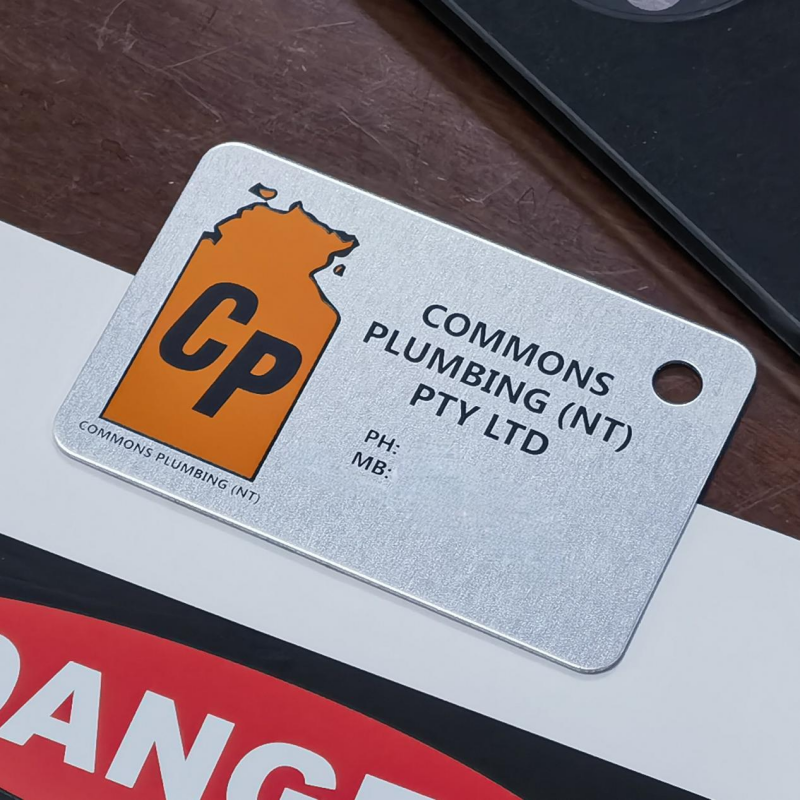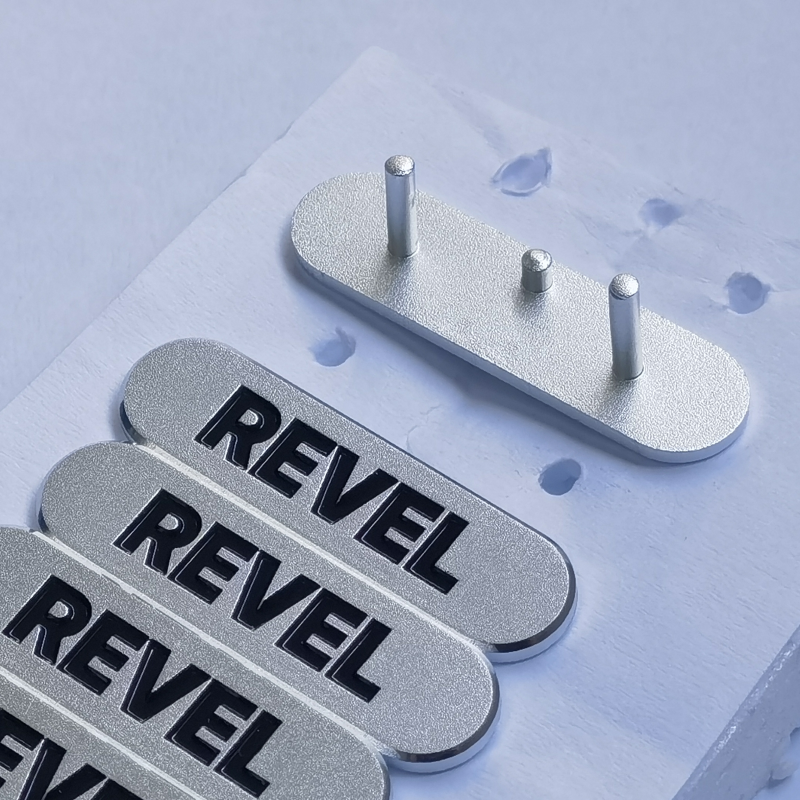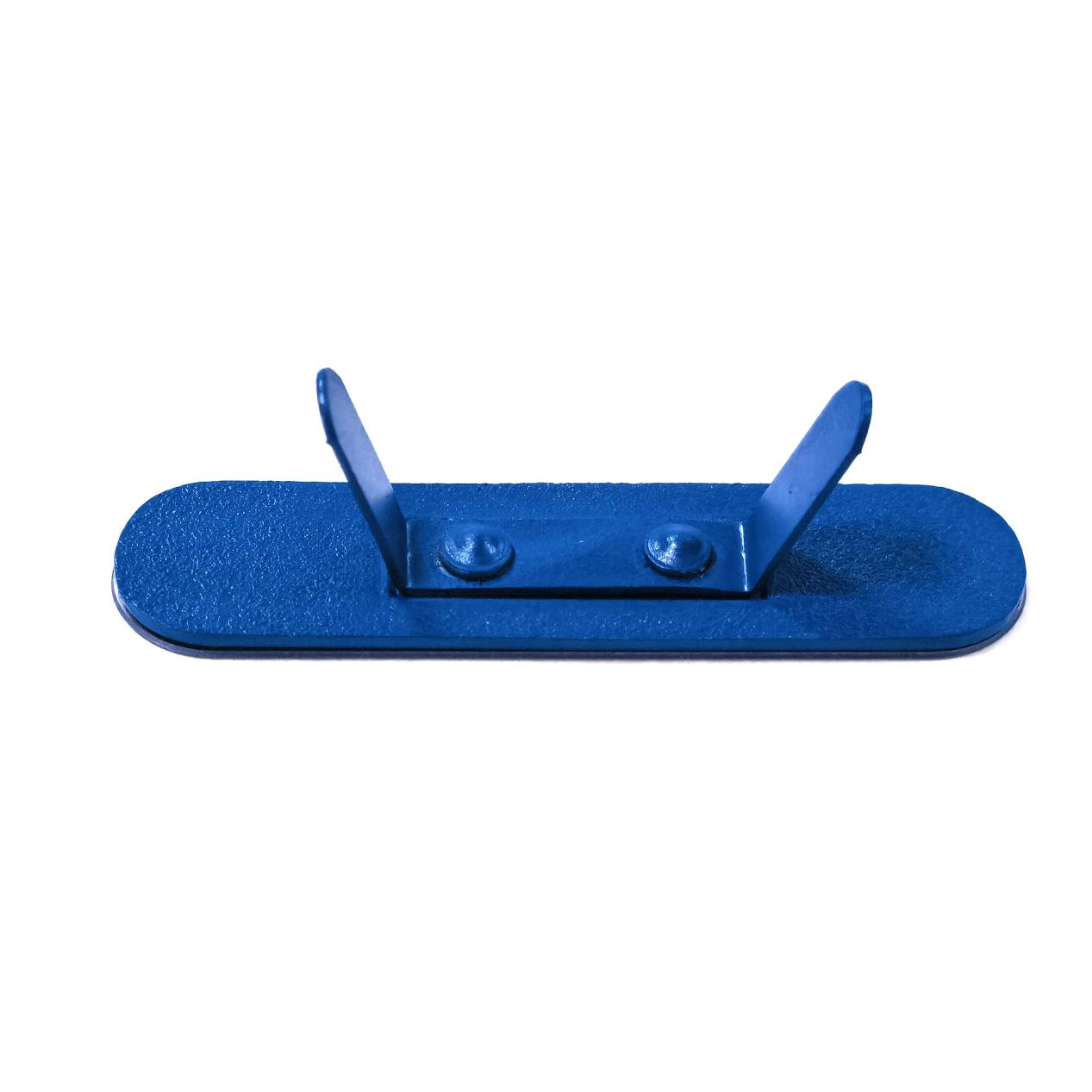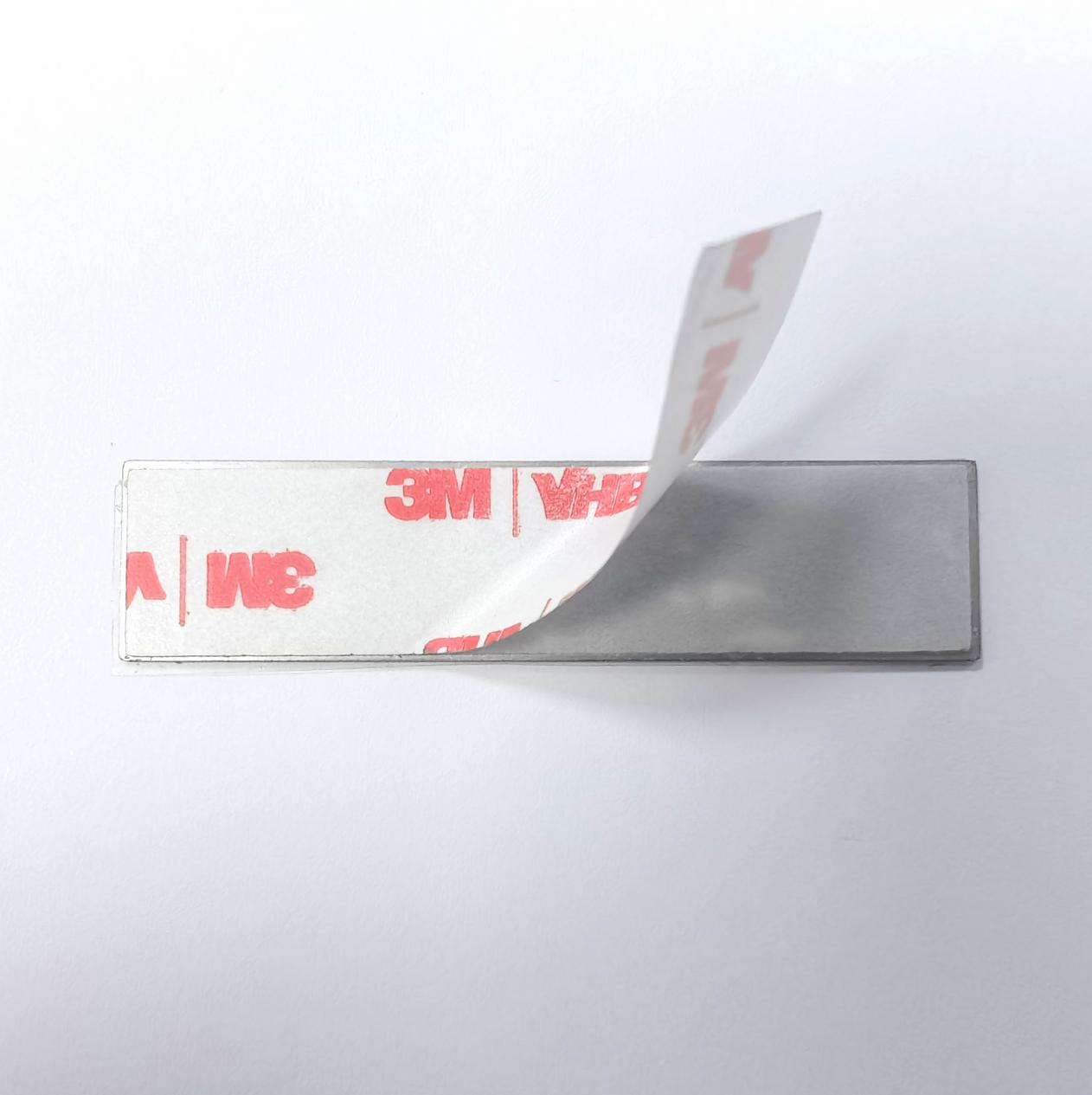Table of Contents
I.Introduction: Why Mounting Methods Matter
II.4 Mounting Methods Explained
III.3M Adhesive Selection & Installation Guide
IV.Industry-Specific Applications & Fixes
V.FAQ: Common Problems Solved
VI.Resources & Next Steps
I.Introduction: Why Mounting Methods Matter
Nameplates serve critical roles in branding, safety compliance, and equipment identification. Choosing the right mounting method ensures:
Durability: Resistance to vibration, temperature, and weather.
Aesthetics: Clean finishes without surface damage.
Cost Efficiency: Reduced labor and material waste.
Key Selection Criteria:
Material Compatibility: Metal, plastic, glass, or porous surfaces.
Environmental Needs: Temperature range (-40°C to 150°C), humidity, UV exposure.
Installation Speed: Adhesives vs mechanical fasteners.
II. 4 Mounting Methods Explained
II.1 Mechanical Fastening: Drilling & Posts
Drilling:
Pros: High durability for heavy-duty applications (e.g., industrial machinery).
Cons: Permanent surface damage; requires tools.
Best For: Metal/wood surfaces in outdoor environments.
Mounting Posts:
Pros: Flexible for irregular shapes; reusable.
Cons: Limited load capacity.
Best For: Equipment panels or replaceable labels.
II.2 Snap-Fit Clips
Pros: Tool-free installation; easy removal.
Cons: Low weight tolerance (<1 kg).
Best For: Plastic housings in electronics or consumer appliances.
II.3 Adhesive Bonding: 3M Model Recommendations
Why 3M Adhesives?
No drilling or hardware needed.
Weatherproof, vibration-resistant, and invisible.
Top 3M Adhesive Models:
| Model | Base Material | Key Features | Best For |
| VHB™ 5604A-GF | Acrylic foam | -40°C to 93°C; high shock absorption | Automotive emblems, metal |
| 300LSE | PET film | Humidity-resistant; transparent | Plastic/rubber (car interiors) |
| 9448A | High-strength | Chemical/UV resistance | Outdoor metal signage |
| 9080A | Non-woven | Glass/acrylic bonding; residue-free | Decorative indoor labels |
III. 3M Adhesive Selection & Installation Guide
III.1 Material-Based Selection
Metal:Use VHB™ (high-strength)or 9448A (chemical-resistant)
Plastic/Glass: 9080A (transparent)or 300LSE (humidity-resistant)Porous Surfaces: 3M™ 467MP (fabric/wood).
III.2 Step-by-Step Installation
Surface Prep: Clean with isopropyl alcohol; ensure dryness.
Temperature: Apply at 21–38°C; preheat adhesive in cold environments.
Application: Press firmly for 10–20 seconds; allow 72 hours for full cure.
III.3 Removal & Reusability
Removal: Heat adhesive to 60°C with a heat gun; peel slowly.
Residue Cleanup: Use 3M™ Adhesive Remover or isopropyl alcohol.
IV. Industry-Specific Applications & Fixes
IV.1 Automotive Industry
Use Case: Emblem bonding with VHB™ 5604A-GF.
Problem: Adhesive failure at high speeds → Pretreat metal with phosphoric acid.
IV.2 Electronics
Use Case: Instrument panel labels with 9080A.
Problem: Residue marks → Use low-residue tapes + heat during removal.
IV.3 Architecture
Use Case: Outdoor metal signs with 9448A.
Problem: Weathering → Select VHB™ tapes with 90°C+ resistance.
V. FAQ: Common Problems Solved
Q1: How to prevent adhesive failure in humid conditions?
Answer: Use 3M™ 300LSE or neoprene adhesives; dry surfaces before bonding.
Q2: Can I reuse adhesives for temporary nameplates?
Answer: Yes! Use 3M™ Dual Lock™ reclosable fasteners for repeatable bonding.
VI. Resources & Next Steps
3M Adhesive Selector Tool: [https://www.3m.com/3M/en_US/p/c/tapes/]
Shenzhen Haixinda Nameplate Co., Ltd combines 20+ years of expertise with ISO 9001-certified facilities to deliver mission-critical components. [Contact us] for a free design consultation.
Welcome to quote for your projects:
Contact: info@szhaixinda.com
Whatsapp/phone/Wechat : +86 15112398379
Post time: Apr-18-2025













